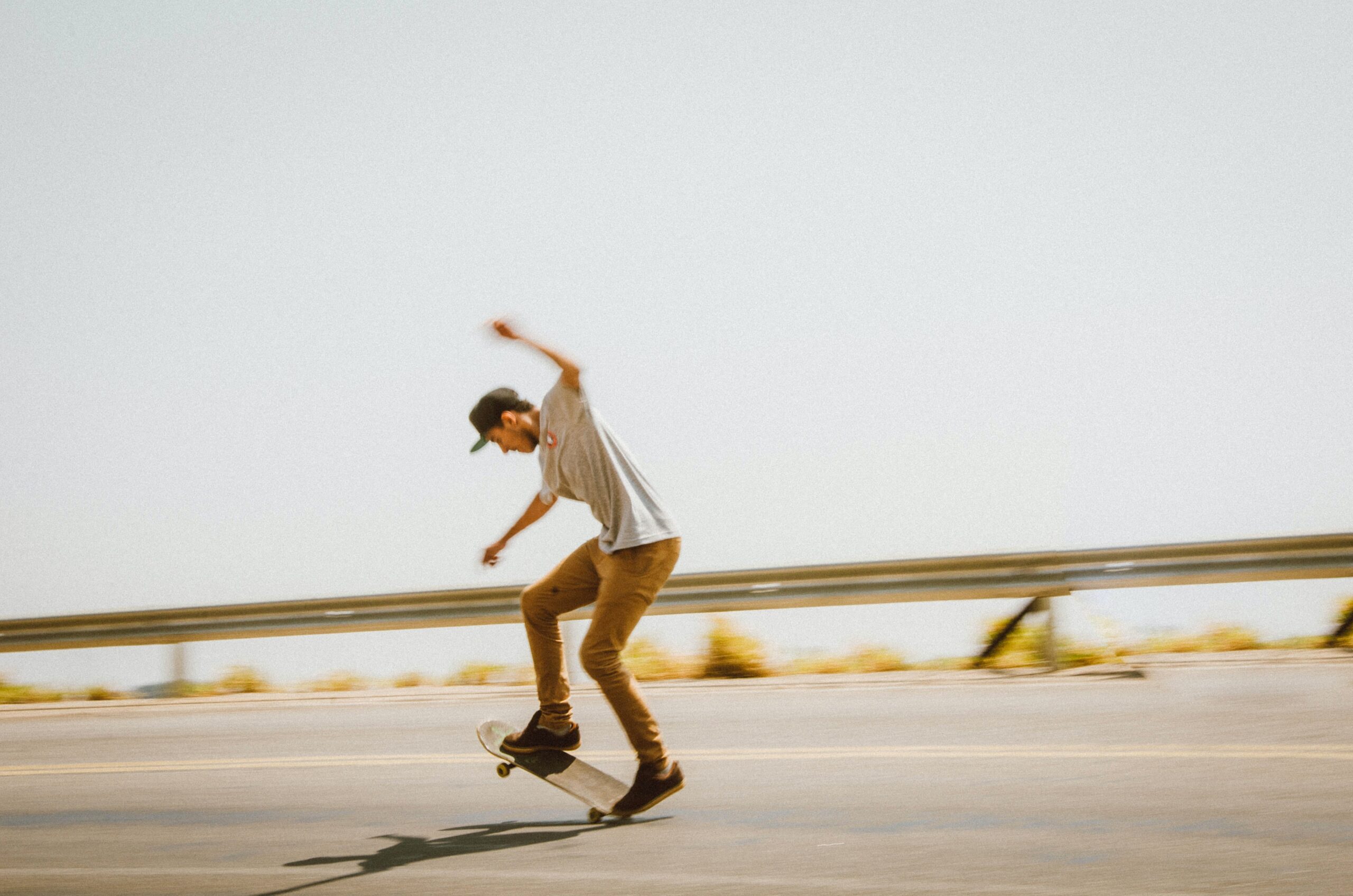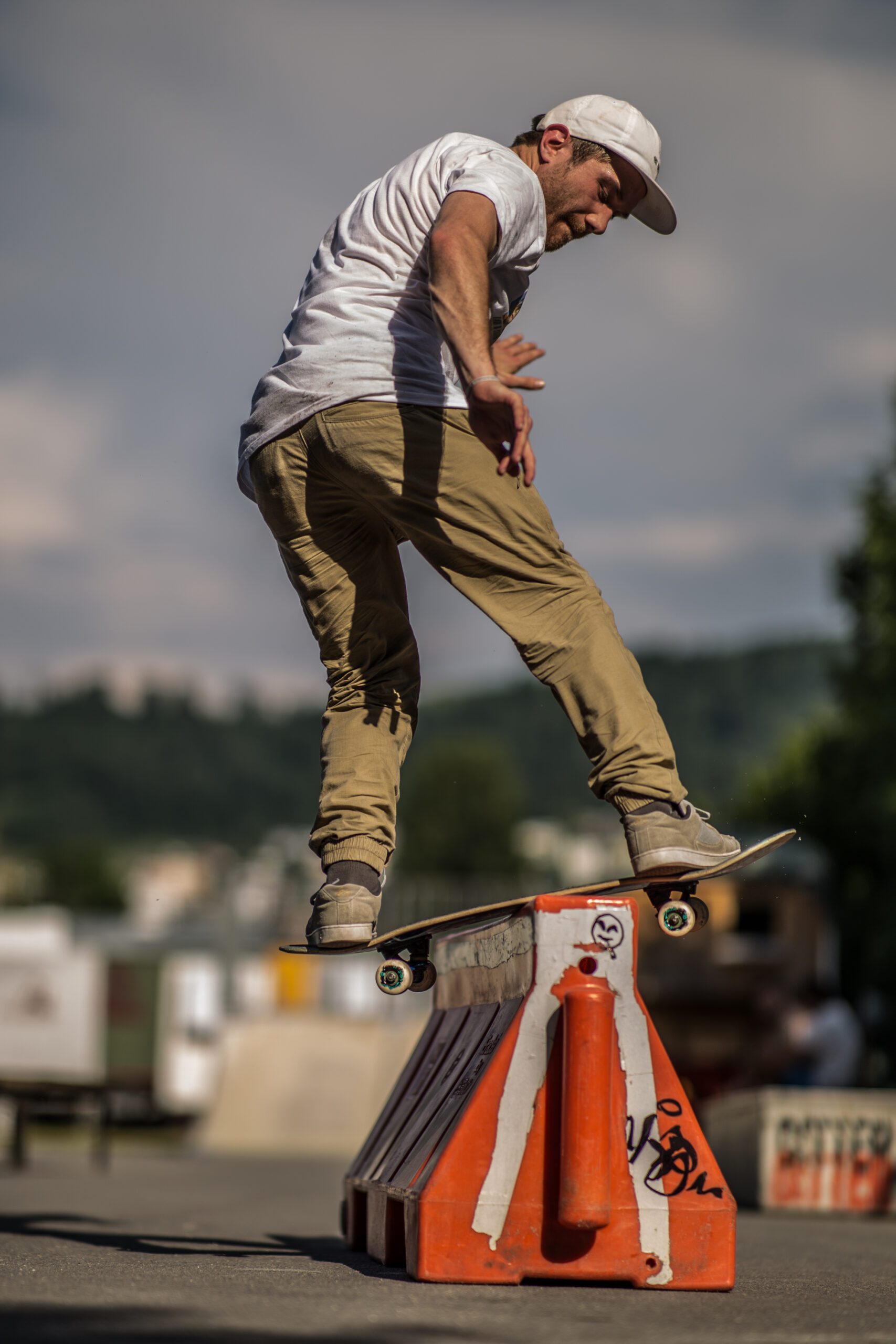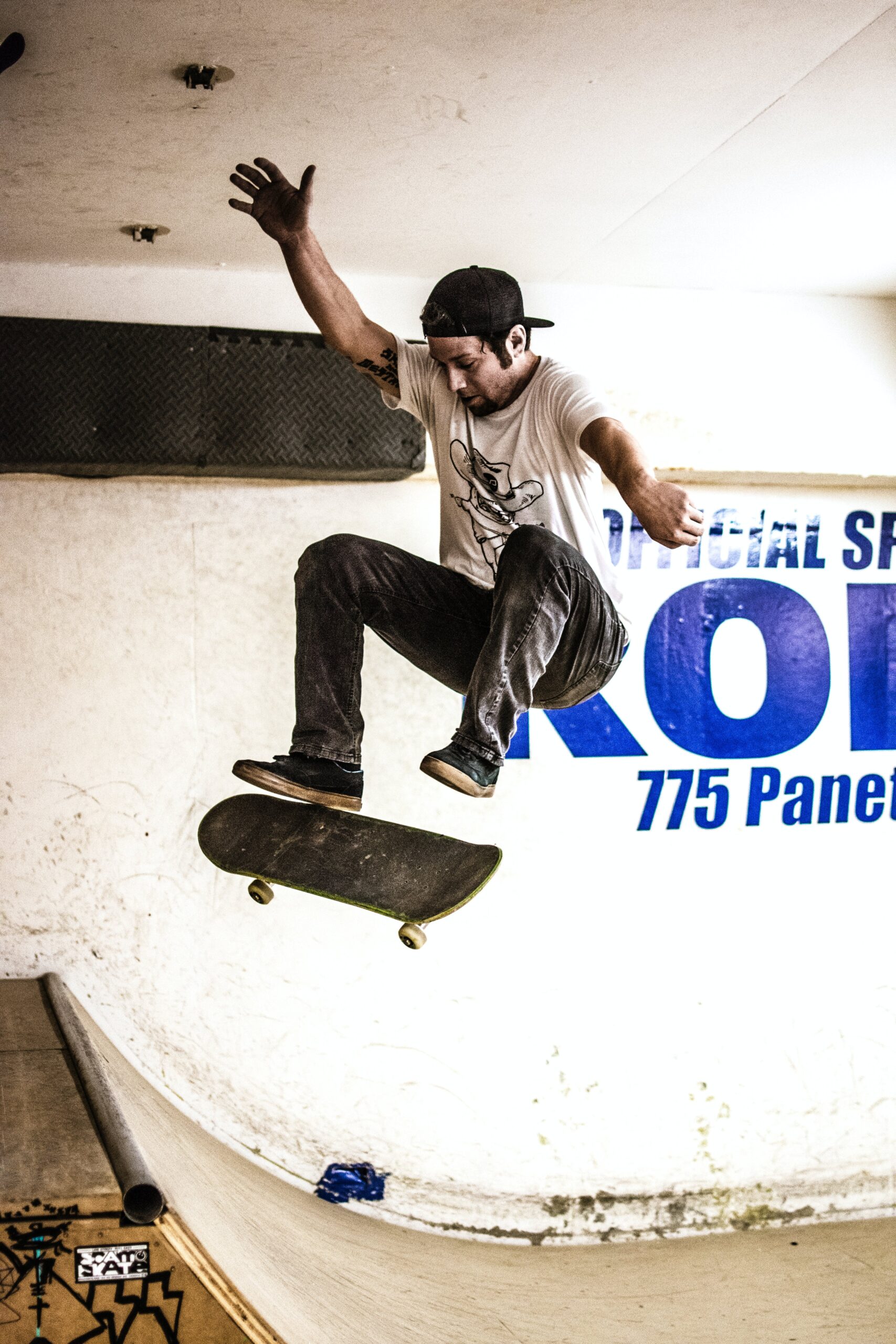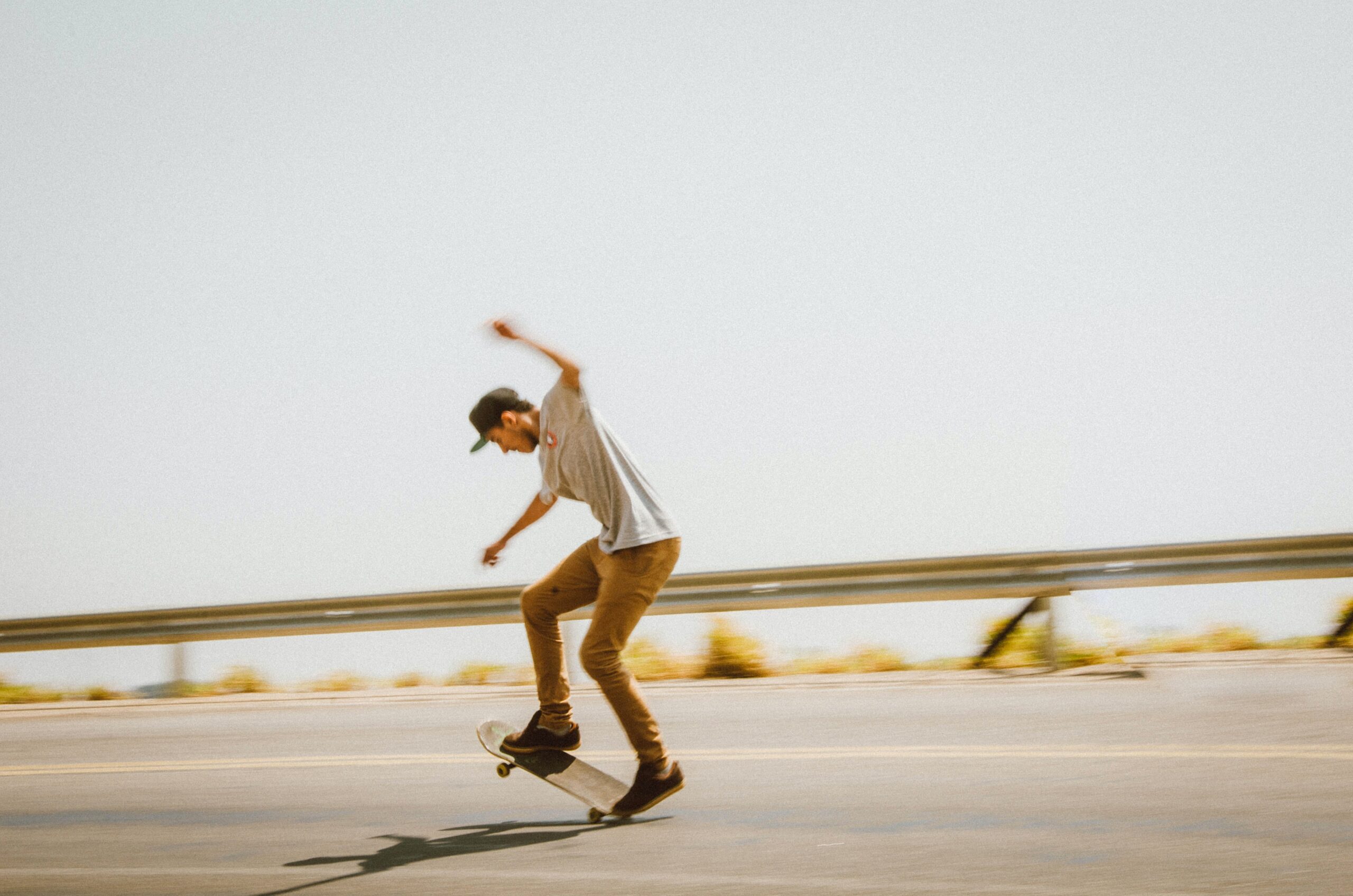Skateboarding has become more than just a sport; it’s a way of life for many enthusiasts around the world. And in this thrilling world of flips and tricks, there’s a key component that often goes unnoticed – skateboard deck concave. But why is it important to understand this seemingly insignificant detail? Well, buckle up, because this article will take you on a journey to uncover the significance of skateboard deck concave and its impact on the skating experience. So, hold on tight, as we explore the fascinating world of concave and how it can enhance your skateboarding skills like never before.

Understanding Skateboard Deck Concave
Skateboarding is a thrilling and dynamic sport, and one of the most crucial elements for a skateboarder to understand is the deck concave. The concave of a skateboard deck refers to the slight curvature from side to side. This seemingly subtle detail plays a significant role in the overall performance and feel of a skateboard. By understanding skateboard deck concave, you can optimize your foot placement, enhance your tricks, improve control and stability, and ultimately enjoy a more enjoyable and tailored riding experience.
Definition of Skateboard Deck Concave
Skateboard deck concave refers to the curved shape of a skateboard deck when viewed from the side. It is the concaved area between the two flat sections of the deck. This curvature determines the amount of contact area between your feet and the deck. There are various levels and profiles of concave, all of which affect different aspects of skateboarding.
Effects on Foot Placement
The concave of a skateboard deck directly influences how your feet are positioned on the board. The deeper the concave, the more locked-in your feet become, providing added stability and control. This can be particularly advantageous when performing tricks that require precise positioning and balance. Conversely, a flatter concave allows your feet to shift more freely on the deck, offering increased flexibility and maneuverability for quick foot adjustments during technical maneuvers.
Impacts on Pop and Flip Tricks
Skateboarding is all about mastering tricks, and the concave of your skateboard deck can significantly impact your ability to pop and flip tricks effectively. A pronounced concave helps create a natural pocket for your feet, enabling you to generate more power and snap when executing ollies, kickflips, and heelflips. The concave shape enhances the leverage, allowing you to propel the board into the air with greater force and control.

Influence on Stability and Control
Stability and control are fundamental aspects of skateboarding, and the concave of your deck plays a crucial role in achieving both. A deeper concave provides enhanced stability by creating more surface tension between your feet and the board. This hugging effect allows for a more secure ride, especially when navigating ramps, rails, and other obstacles. On the other hand, a flatter concave offers a looser feel and more board responsiveness, making it ideal for technical street skating that requires quick turns and precise movements.
Relation to Board Feel and Responsiveness
Skateboarding is all about the connection between the rider and the board, and the concave directly contributes to the overall board feel and responsiveness. A deeper, more aggressive concave provides a tactile sensation that allows you to feel the board better beneath your feet. This heightened sensitivity results in improved responsiveness and control, enabling you to execute tricks with greater accuracy. Conversely, a milder concave offers a more forgiving and subtle ride, with less emphasis on feedback and more focus on flow and smoothness.

Considerations for Different Riding Styles and Terrain
The type of riding style you prefer and the terrain you skate on should be taken into account when selecting the appropriate deck concave. If you are primarily a street skater who enjoys technical tricks and maneuvering through obstacles, a flatter concave might suit you best. This concave profile provides a more agile and nimble feel, allowing for quick turns and rapid flicks of the board.
However, if you are a vert or transition skater who enjoys skating ramps, bowls, and halfpipes, a deeper concave may be more suitable. The added depth offers increased stability for carving, pumping, and maintaining control during high-speed maneuvers. It provides a locked-in feeling that allows you to confidently approach challenging transitions and execute aerial tricks.
Importance in Board Selection
Understanding skateboard deck concave is essential when it comes to selecting the right board for your riding style and preferences. Different skateboard brands and models offer a range of concave profiles to cater to diverse skaters’ needs. By considering your preferred style of riding, skill level, and personal preferences, you can make an informed decision when choosing a skateboard deck that optimizes your performance and enjoyment on the board.
Different Types of Deck Concave
Skateboard deck concave comes in various shapes and profiles, each designed to serve different purposes and offer unique experiences on the board. Some common types of concave include:
Radial Concave: This concave features a gradual curve from nose to tail and has a consistent arch throughout the deck’s width. It provides a balanced feel and is popular among skateboarders who enjoy an all-around style of skating.
W-Concave: As the name suggests, this concave takes the form of a “W” shape. It offers increased support and control by providing three points of contact with your feet. This concave is favored by downhill and freeride skateboarders who require stability and precise foot positioning.
Progressive Concave: Progressive concave combines elements of both radial and W-concave profiles. It features a steeper curve near the center of the deck, gradually flattening out towards the edges. This design offers a comfortable, responsive, and versatile feel suitable for various riding styles.
Flat Concave: Flat concave, also known as mellower concave, lacks a pronounced curvature and maintains a more level surface. It provides a neutral and less intrusive feel, making it ideal for beginner skateboarders or those who prefer a more relaxed and less restrictive ride.
Choosing the Right Concave for Your Riding Style
Selecting the right concave for your riding style is crucial in optimizing your performance and overall skateboarding experience. Depending on your preferences and the type of skateboarding you engage in, consider the following factors when choosing a concave profile:
Skating Style: Determine whether you lean towards street skating, vert skating, or cruising. Different styles may require different concave profiles to suit the specific demands of each discipline.
Terrain Preferences: Consider the types of surfaces and obstacles you frequently skate on. Ramps, rails, stairs, or smooth pavement may necessitate different concave profiles to accommodate the unique challenges posed by each environment.
Personal Comfort: Pay attention to your comfort level and personal preferences when it comes to board feel and responsiveness. Some skaters may enjoy the locked-in sensation of a deeper concave, while others may prefer the freedom and agility offered by a flatter concave.
Skill Level: Beginners may find flatter concaves more forgiving and easier to control, while advanced skaters may benefit from the added leverage provided by a deeper concave when performing complex tricks.
Maintaining Deck Concave
Over time, constant use and wear may affect the original concave shape of your skateboard deck. To maintain optimal performance and prolong the lifespan of your deck’s concave, consider the following maintenance tips:
Regular Inspection: Periodically inspect your deck for signs of warping, delamination, or wear. Early detection allows for timely measures to be taken to address any issues and prevent further damage.
Avoid Heat and Moisture: Excessive exposure to heat and moisture can cause your deck to warp or lose its concave shape. Keep your skateboard stored in a cool and dry place to maintain its structural integrity.
Proper Cleaning: Clean your skateboard regularly to remove dirt, debris, and grime that can affect the concave. Use a mild cleaner and a soft cloth to wipe down the deck gently.
Rotate Your Board: Regularly rotate your skateboard to distribute the wear evenly across the deck. This prevents excessive wear in specific areas, preserving the original concave and ensuring consistent performance.
By understanding skateboard deck concave, its impact on foot placement, tricks, stability, and board feel, you can navigate the vast array of available deck options more confidently. Selecting the right concave for your riding style ensures that your skateboard is an extension of your style and enables you to fully enjoy the exhilaration and freedom that skateboarding brings. So, take the time to explore different concave profiles, experiment with various shapes, and find the one that perfectly complements your unique skating style.

